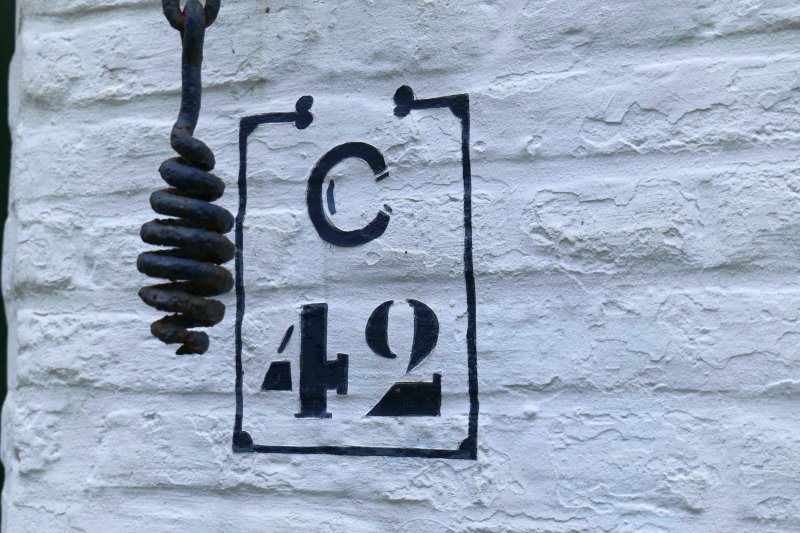It has been said that three maxims were inscribed upon the Temple of Apollo at Delphi. One of which, “know thyself,” continues to be used regularly today.
It has a long history of varied interpretations and efforts made to understand what that maxim was there for. One of the early explanations linked it with the virtue of “soundness of mind.”
In his Socratic dialogues, Plato discusses this maxim several times. He lets Socrates doubt that it addressed the virtue of “soundness of mind.” He suggested that it was also meant as a greeting inviting “temperance” when in the temple. From there, other authors connected the maxim with all four cardinal virtues, that is temperance, justice, courage, and wisdom.
Other generations of Greek philosophers saw in this maxim the idea to “know your limits” and “know your faults.” These interpretations reappeared in the 16th and 17th century.
Christian philosophers continued to think about this maxim reaching a point, where they felt that knowing oneself meant to know one’s “sinful nature.” The objective seemed to be to eventually separate oneself from one’s earthly desires and discover one’s true self in “the immortal soul.”
This might have been why an assumption appeared that there is only one self and that one needs to find it.
In the 17th century, Thomas Hobbes interpreted the maxim as the ability of a person to be conscious of their own thoughts and passions. It was an invitation to observe how one behaves under their influence. For Hobbes, this would enable individuals to have a better understanding of the thoughts and passions that motivate others.
In the last two centuries, psychoanalysis also decided on an interpretation of that maxim as a person’s effort to understand their unconscious. When explaining meditation, eastern philosophy talks about understanding the functioning of the mind which may be another way to give access to the unconscious.
In a way, most of the interpretations reflect their time and society. They all seek to enable the person to find a better way to integrate himself into society and find his own place.
In a complex world like ours, the above flow of interpretations provides helpful reflections on how to know oneself. Especially as it also helps us see how some of the past ideas continue to influence our understanding of the world and how we relate to it today.
It opens the door to developing our own idea of what it means to know oneself and what it will help us do.


